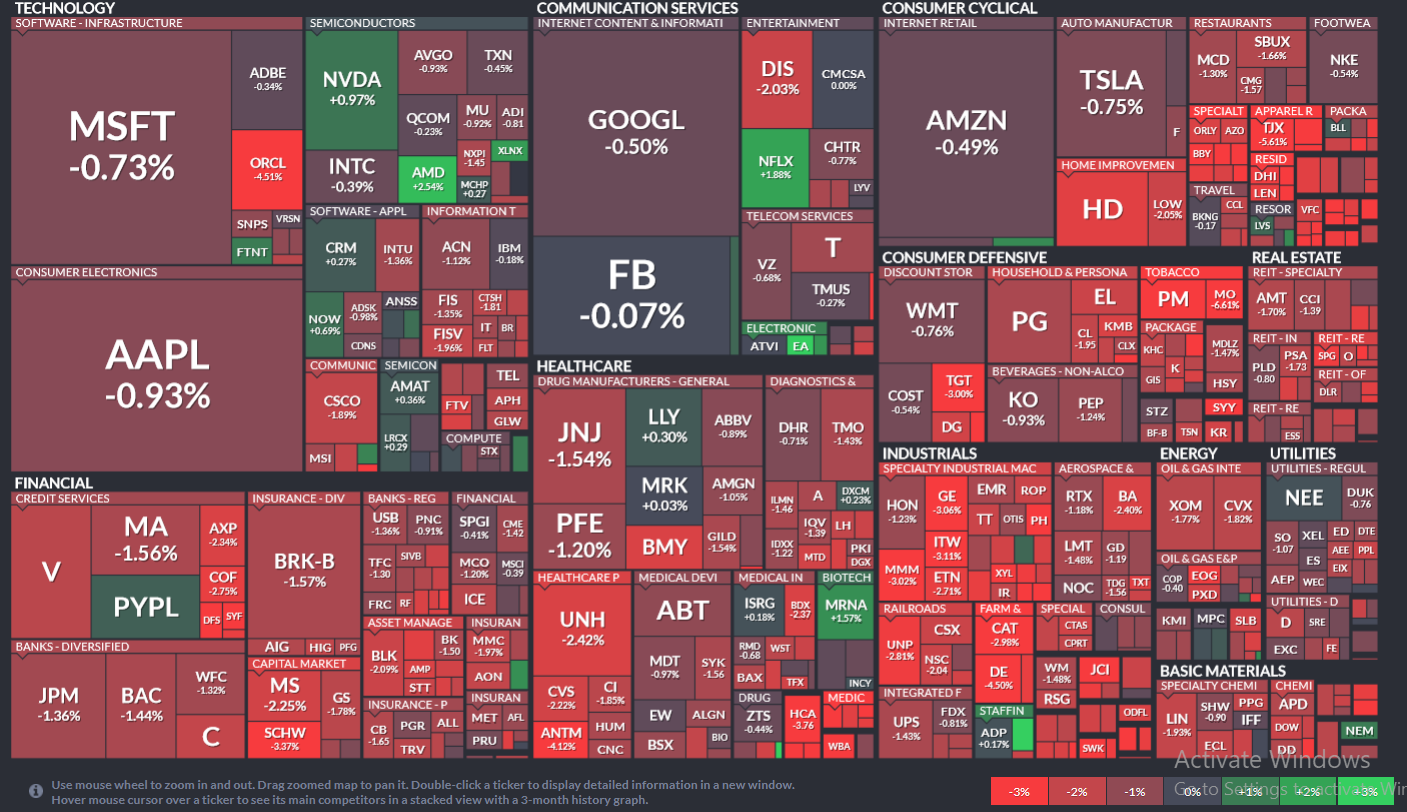US dollar climbed to its highest point in two weeks against the Japanese yen on trading Friday, as the ISM manufacturing activity index for the United States demonstrated an unexpectedly strong performance in October, giving strength to expectations that the Federal Reserve Bank may consider a scale back of its monthly stimulus sooner than anticipated.
Having reached a session high at 98.85 at 13:00 GMT on Friday, also the pairs highest point since October 17th, USD/JPY closed the trading session at 98.70, rising 0.34% on a daily basis, while recording a weekly gain of 1.09%. Support for the cross was likely to be received at October 29th low, 97.45, while resistance was to be met at October 17th high, 98.99.
The greenback received strong support after the Institute for Supply Management reported on Friday that the index, gauging manufacturing activity in the United States, rose to a reading of 56.4 in October, or the highest point since April 2011, following a reading of 56.2 in September. Experts had anticipated that the index will slow down to 55.1 in October. Values above the key level of 50.0 are an indication that activity in the sector has expanded. The sub-indexes of new orders and output remained above the 60.0 level for a third consecutive month, according to data by the ISM.
At the same time, Markit Economics said that the final value of its index of manufacturing for the United States advanced to 51.8 in October, after a reading of 51.1 in September, while median estimates pointed that the index will demonstrate no change in October.
On October 30th, at its policy meeting, the Federal Reserve Bank decided to maintain the current pace of its asset purchases, as widely anticipated, because more evidence of an improving economic activity was to be obtained. Fed Chairman Ben Bernanke continued to press with the unprecedented accommodative policy into the final months of his mandate, as he strives to safeguard economic expansion achieved in four years from the impact of October’s partial government shutdown. The 16-day shutdown resulted in the furloughs of as many as 800 000 federal employees and also put off the release of key economic reports, which are of significant importance to Fed’s evaluation of economy and, thus, bank’s monetary policy.
The central bank left without change its statement that it will probably maintain the benchmark interest rate close to zero at least as long as the rate of unemployment in the country is above 6.5% and as the inflation outlook is not exceeding 2.5%. Federal Reserve also repeated that inflation rate has been below bank’s longer-term objective, but on the other hand, longer-term inflationary expectations have remained stable. According to a report released on October 30th, the consumer price index (CPI) in the United States demonstrated a 0.2% advance in September compared to a month ago, meeting preliminary estimates, after the 0.1% gain in August. Additionally, core consumer price index, which excludes volatile components such as prices of food and energy, climbed 0.1% in September on a monthly basis, retaining the rate of increase showed in the preceding month.
It also became clear that Fed’s monthly purchases will remain divided between 40 billion USD of mortgage bonds and 45 billion USD in Treasury securities.
Meanwhile, Bank of Japan kept its benchmark interest rate close to zero at the policy meeting on October 31st. Bank’s Governor Haruhiko Kuroda and his team pledged to increase nation’s monetary base by 60 trillion to 70 trillion JPY, or 711 billion USD per year, in a statement in Tokyo earlier the same day. He also reiterated that Japan was about to reach bank’s 2% inflation target, as economy is expected to expand at a faster pace than anticipated during the forecast period through March 2016. The average rate of inflation is expected to reach 1.9% during the 2015 fiscal year.
Japanese central bank also said that the impact of the sales-tax increase upon economy was to be closely watched and in case policy adjustments are necessary, the bank will consider such. As far as core consumer prices, which exclude prices of fresh food, are concerned, board members’ projections point that the corresponding index will advance 1.3% during the year from April. Nation’s economy will probably expand 1.5% during the next fiscal year and the following year, according to the projections in the half-year outlook.
BoJ is to accelerate the pace of its stimulus program sometime between April and June next year in order to support domestic economy, following the increase in the sales tax, according to 20 out of 34 economists, surveyed by Bloomberg News.
During the upcoming week investors focus will be set upon Fridays report on Octobers non-farm payrolls in the United States, which may provide clues over the timing of a possible reduction of scale to Feds easing program.
USD/JPY cross may be influenced by a number of reports, scheduled for release during the week, as follows:
On Monday (November 4th) the United States will produce data on nations factory orders, which are considered as a major indicator for the performance of domestic manufacturing sector.
Japanese markets, at the same time, will remain closed due to a national holiday.
On Tuesday (November 5th) the United States will release a report on activity in the non-manufacturing sector.
Earlier in the day Bank of Japan Governor Haruhiko Kuroda is expected to take a statement.
On Wednesday (November 6th) Bank of Japan will release the minutes of its most recent meeting on policy.
On Thursday (November 7th) the United States will show an official report on the preliminary value of its Gross Domestic Product during the third quarter of the year, the broadest indicator to measure overall economic activity, accompanied by preliminary data on consumer spending. Another closely watched event will be the release of the weekly report on US initial jobless claims, which provide information about lay-offs in the country.
On Friday (November 8th) the United States will present a report on the non-farm payrolls and rate of unemployment for October, followed by data on the preliminary value of the index of consumer confidence for November, compiled by the University of Michigan in cooperation with Thomson Reuters.





